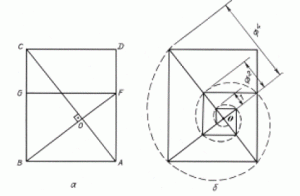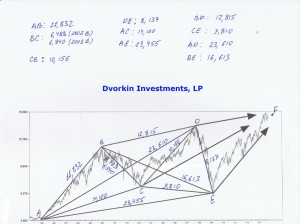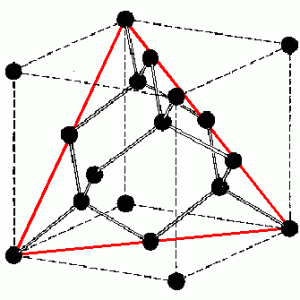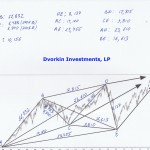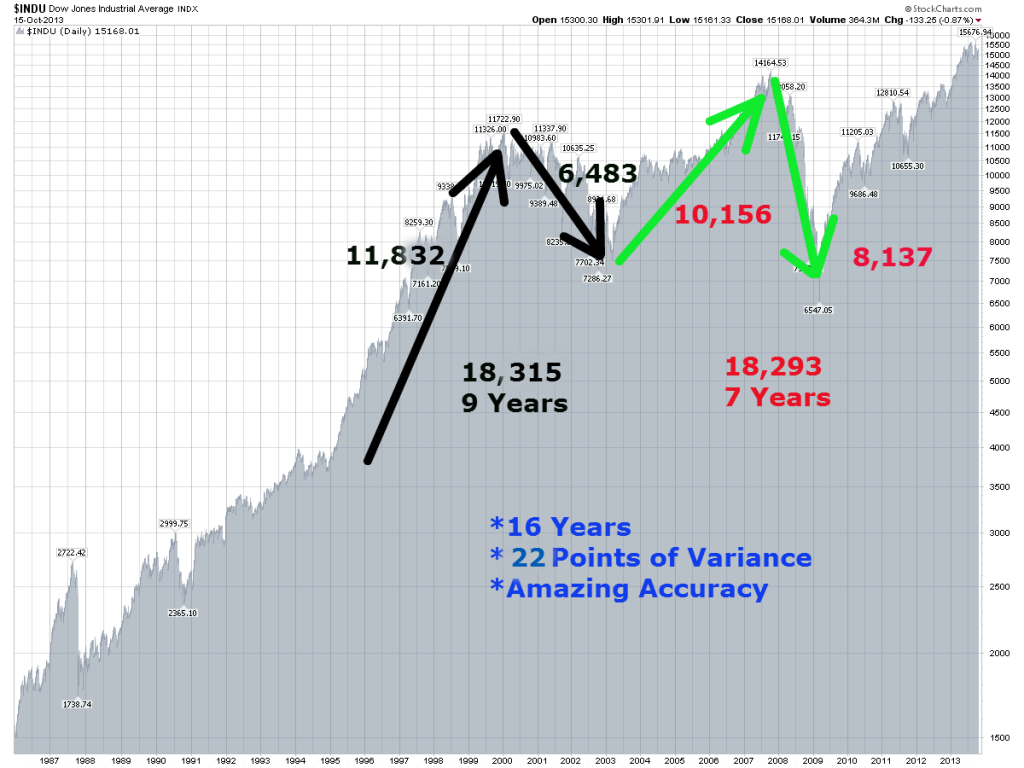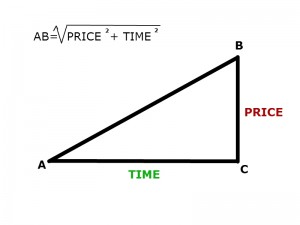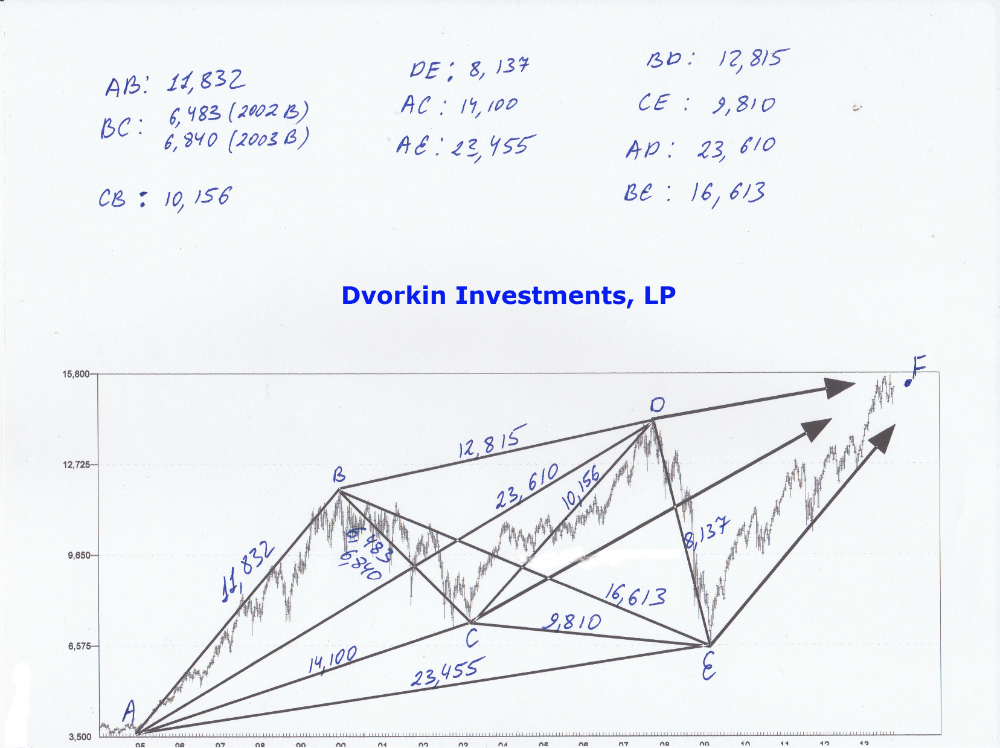
Continuation of part 6
Step #2: Perform analysis of 3-DVs and its derivatives from each point.
For example, let’s take a look at point E. At point E we can work with 4 different 3-DVs and their derivatives. They include DE, BE, CE and AE. Meaning, it is highly probable that EF will be equal to the four 3-DVs above and/or their derivatives.
As mentioned earlier, the 3-DV of EF today is 12,364. If we analyze the four 3-DVs above, we will soon find out that 3 different numbers closely resemble today’s value of 12,364. They are
- DE 14,094
- AE 13,542
- CE 13,873
All other 3-DVs and their derivatives either fall short or are outside the scope of our analysis. You will notice that the value AE is the closest one to our present value of 12,364. That basically means the market is not yet done moving up. It also means that once the value AE 13,542 is reached, it is highly probable that it will mark the turning point in the stock market.
Further, as of today the value EF consists of 2 input variables. Time Value of 7,742 trading hours and Price Value of 9,641 points. Let’s further assume that based on our research we believe that March of 2014 will be the top of the bull market and/or the move EF. This gives us an additional 80 trading days or 520 trading hours. By adding 520 trading hours to 7,742 trading hours we get all necessary information to make an accurate estimate of the bull market top.
In addition, we can estimate how much the market will move up between now and March of 2014. We simply adjust our 3-DV equation to look like this
SQRT (8,262^2 + X^2 ) = 13,542
When we solve the equation for X, the X = 10,730. This value represents the PRICE portion of the equation at the completion of the move. With today’s PRICE value being at 9,641 this means the market is likely to go up another 1,089 points (10,730 – 9,641) between today and March of 2014.
Think about this for a second and how powerful this simple calculation is. If you got your lattice structure figured out and/or you know the next 3-DV move, you can predict with 100% certainty exactly when the stock market will top out. Not only when, but exactly where. To the day and to the point. So, while everyone else is playing the guessing game of how long this bull market will continue, you know the answer well ahead of that turning point taking place. You know that you must hold for another 4 months in order to realize the maximum gain and then simply reverse to short position to benefit from the upcoming bear market decline. Amazing, isn’t it?
But what if the forecast above is incorrect?
To Be Continued…..
Did you enjoy this article? If so, please share our blog with your friends as we try to get traction. Gratitude!!!
Stock Market And 3-Dimensional Analysis (Part 7)

